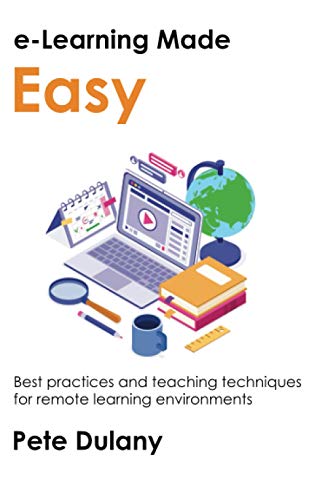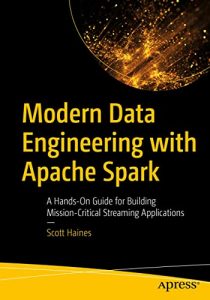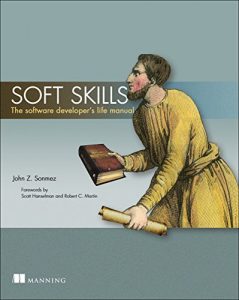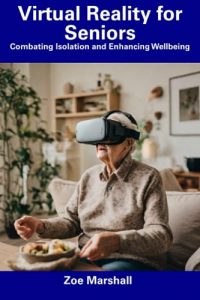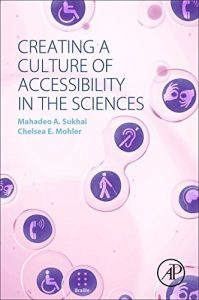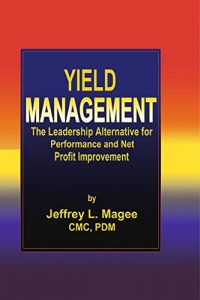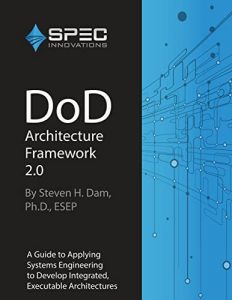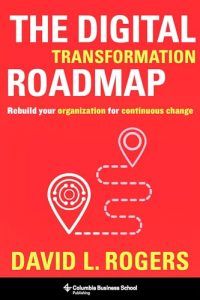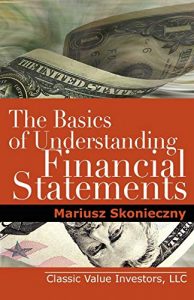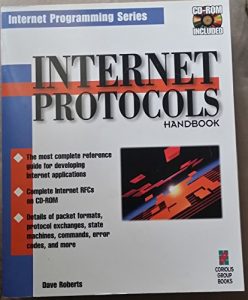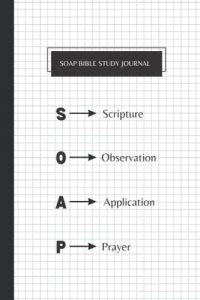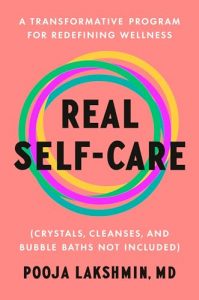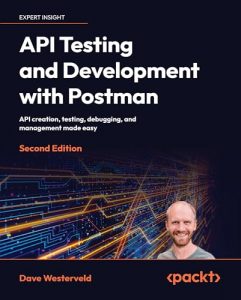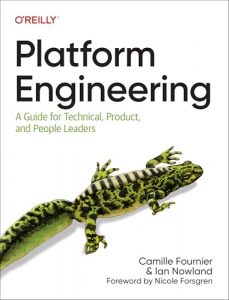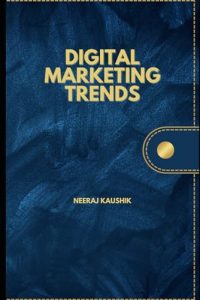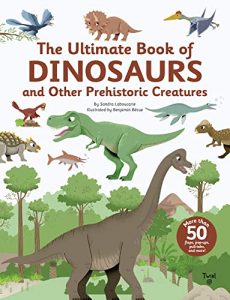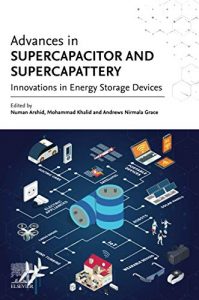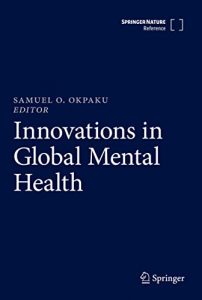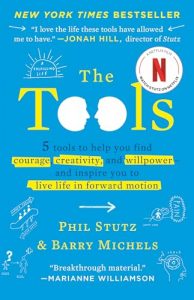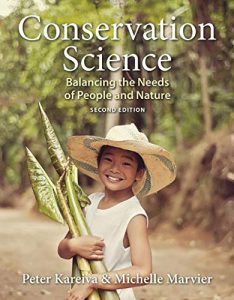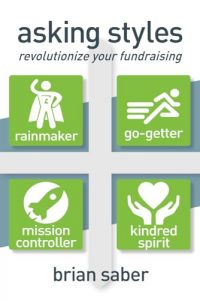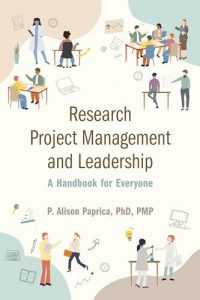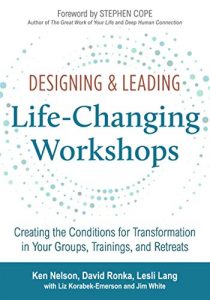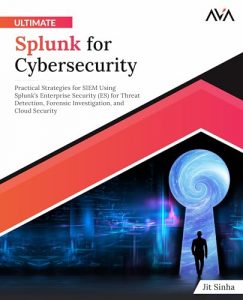Introduction
In today’s digital-first world, remote learning has become a necessity rather than a choice. As educators, students, and professionals navigate the complexities of online education, it’s imperative to arm ourselves with the right tools and knowledge. Whether you’re a teacher looking to implement effective strategies or a student trying to adapt to this new environment, understanding best practices in remote learning is crucial.
This blog post will delve into a selection of insightful books that provide invaluable techniques, case studies, and frameworks designed to enhance remote learning experiences. Each of these titles tackles different aspects of remote education and can serve as a guide for anyone seeking to optimize their online learning or teaching journey.
Featured Books
1. e-Learning Made Easy: Best practices and teaching techniques for remote learning environments
In “e-Learning Made Easy“, readers are introduced to a comprehensive exploration of best practices for successful remote learning. This book is particularly noteworthy for its practical approaches and evidence-based techniques that can transform the virtual classroom experience. Ideal for educators and students alike, the author offers clear strategies for fostering engagement, ensuring effective outcomes, and personalizing learning paths. With its straightforward language and practical applications, this is a must-have resource for anyone navigating remote learning.

2. Remote Learning in Times of Pandemic: Issues, Implications and Best Practice
This book offers a thorough analysis of the challenges faced in remote learning during unprecedented times such as a global pandemic. In “Remote Learning in Times of Pandemic“, the authors delve into critical issues surrounding digital education and present actionable best practices. It’s filled with insights on leveraging technology effectively while addressing the psychological considerations that can impact learning. This book is not just a guide; it ignites a conversation about the future of education and the role of technology therein.

3. Remote Works: Managing for Freedom, Flexibility, and Focus
“Remote Works” combines management strategies with the nuances of remote working, making it particularly useful for leaders aiming to foster a productive digital workspace. This guide covers essential topics such as communication, team building, and maintaining morale in a remote setting. It’s an excellent addition for those managing remote teams, providing insights that can lead to increased productivity and a solid understanding of remote dynamics.

4. Best Practices for Building and Working with a Remote Team
This book distills years of experience into accessible tactics for anyone looking to build or manage remote teams. Not only does it cover best practices from seasoned professionals, but it also includes practical examples anyone can apply. Readers will benefit from actionable strategies that highlight communication, collaboration, and the building of a strong team culture—essential ingredients for success in a remote environment.

5. Beyond Remote-Controlled Childhood: Teaching Children in the Media Age
“Beyond Remote-Controlled Childhood” addresses the intersection of modern childhood and remote learning. This essential read for educators and parents offers a unique perspective on how media impacts learning in the digital age. It emphasizes the importance of adaptive teaching strategies that resonate with today’s children, ensuring they remain engaged and motivated.

6. Learn to Read: A Magical Sight Words and Phonics Activity Workbook for Beginning Readers Ages 5-7
For those focusing on early literacy, “Learn to Read” is an interactive activity workbook designed to make reading engaging for young learners. With a variety of activities that reinforce phonics and sight words, this workbook is an excellent resource for homeschooling or supplemental education during remote learning.

7. CRV – Controlled Remote Viewing: Collected manuals & information to help you learn this intuitive art.
This unique book focuses on controlled remote viewing, offering insights into how this practice can enhance one’s understanding of perception and learning. It appeals to readers with an interest in the metaphysical, as well as educators seeking alternative approaches to stimulating creativity and focus in their students.

8. Boundless: Your How To Guide to Practical Remote Viewing – Phase One
This guidebook on remote viewing provides a structured approach to the methodology, appealing to readers intrigued by the practice. It breaks down the process into manageable phases, allowing learners to develop their skills while integrating best practices. Thus, it may enrich the remote learning experience by adding an innovative dimension.

Conclusion
As we continue to adapt to remote learning, these books provide essential insights and practical strategies to navigate this evolving landscape. Investing in these resources not only equips educators and students with knowledge but also empowers them to create enriching learning experiences in both virtual and hybrid environments.

